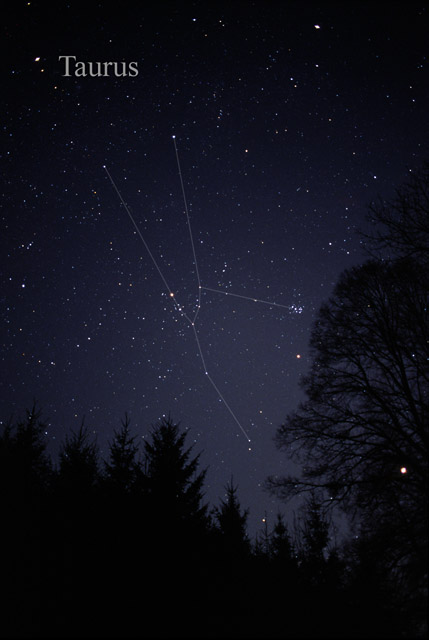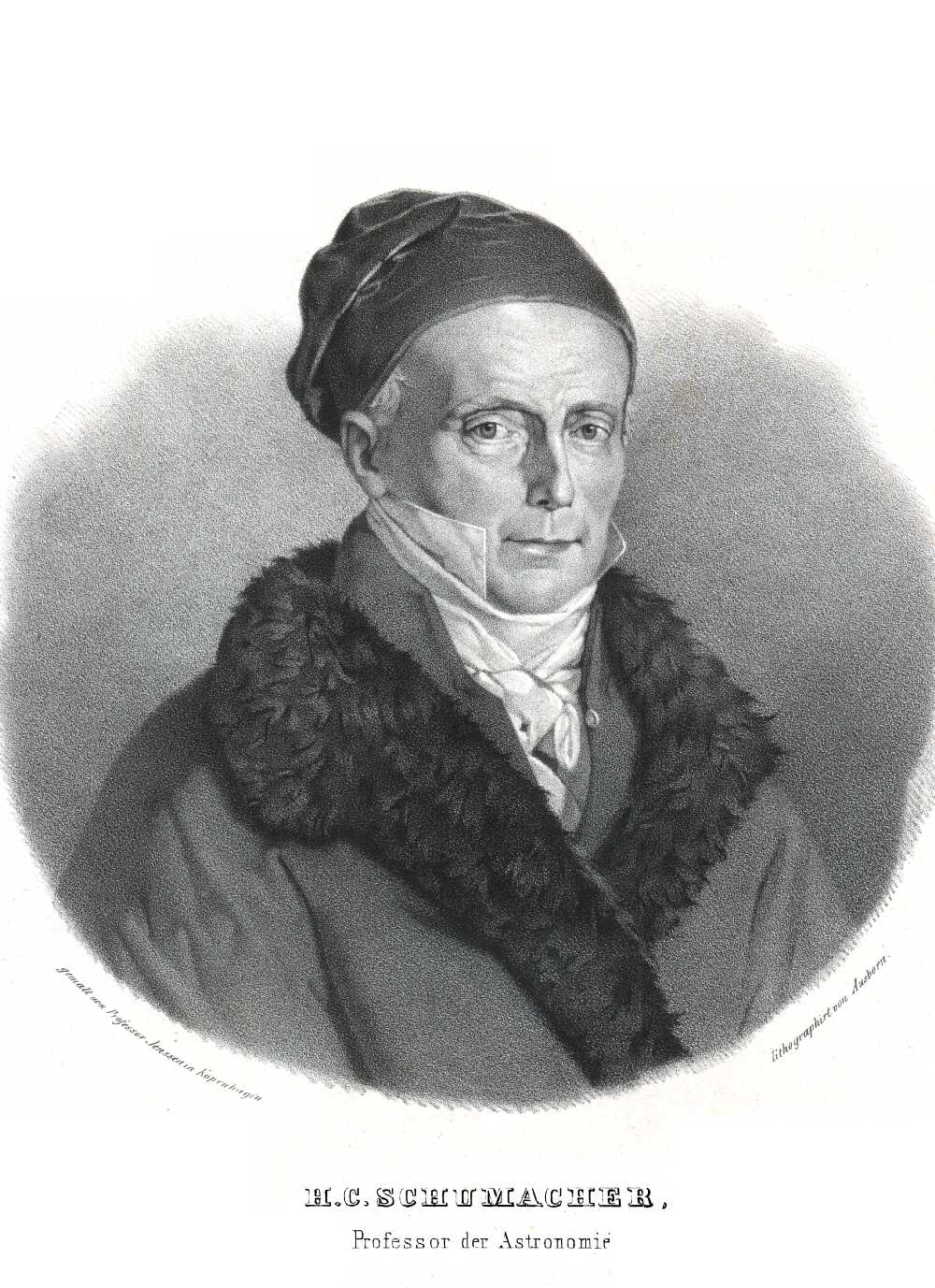|
Odette Jasse
Odette Jasse (21 August 1899 – 9 January 1949) was a French astronomer who led a scientific and administrative career at the Marseille Observatory. Biography Jasse was born in Saint-Victoret, France. Her parents were a teacher and a customs inspector, but her father died in 1928 and her mother followed only a few years later. Jasse attended a school for girls in Marseille before graduating with a degree in mathematics and physics, and in August 1920 she began working as an intern at the Marseille Observatory on the advice of the Observatory's director Henry Bourget. In 1923 she began working as an assistant astronomer even though she was not officially appointed to that position until 1927. Described as "brilliant", she earned a master's degree in physics, and conducted spectroscopy research in the laboratory of director Henri Buisson, who wrote her obituary. In that capacity, Jasse observed dwarf planets and the travel paths of the star Aldebaran and the Moon and photographe ... [...More Info...] [...Related Items...] OR: [Wikipedia] [Google] [Baidu] |
Saint-Victoret
Saint-Victoret (; oc, Sant Victoret) is a commune in the Bouches-du-Rhône department in the Provence-Alpes-Côte d'Azur region in southern France. It is located northwest of Marseille. Saint-Victoret is a small market town situated just next to Marignane, not far from the airport and just a few kilometres from the eastern shore of the Étang de Berre. If you take the secondary road D20 to Saint-Victoret, you first pass through the hamlet of Pas-des-Lanciers. Here you will find a small, lively district with a few shops and an SNCF railway station for the transport of goods and freight to the airport. In the roads parallel to the D20 there are some pretty little villas which were built before the airport. Two kilometres beyond Pas-des-Lanciers you will come to the centre of Saint Victoret. With its new housing blocks, roundabouts planted with flowers, a media library and a cultural centre, the heart of the village is well laid out and pleasantly floral. You may feel as though ... [...More Info...] [...Related Items...] OR: [Wikipedia] [Google] [Baidu] |
Marseille
Marseille ( , , ; also spelled in English as Marseilles; oc, Marselha ) is the prefecture of the French department of Bouches-du-Rhône and capital of the Provence-Alpes-Côte d'Azur region. Situated in the camargue region of southern France, it is located on the coast of the Gulf of Lion, part of the Mediterranean Sea, near the mouth of the Rhône river. Its inhabitants are called ''Marseillais''. Marseille is the second most populous city in France, with 870,731 inhabitants in 2019 (Jan. census) over a municipal territory of . Together with its suburbs and exurbs, the Marseille metropolitan area, which extends over , had a population of 1,873,270 at the Jan. 2019 census, the third most populated in France after those of Paris and Lyon. The cities of Marseille, Aix-en-Provence, and 90 suburban municipalities have formed since 2016 the Aix-Marseille-Provence Metropolis, an indirectly elected metropolitan authority now in charge of wider metropolitan issues, with a po ... [...More Info...] [...Related Items...] OR: [Wikipedia] [Google] [Baidu] |
Marseille Observatory
Marseille Observatory (french: Observatoire de Marseille) is an astronomical observatory located in Marseille, France, with a history that goes back to the early 18th century. In its 1877 incarnation, it was the discovery site of a group of galaxies known as Stephan's Quintet, discovered by its director Édouard Stephan. Marseille Observatory is now run as a joint research unit by Aix-Marseille University and the French National Center for Scientific Research (CNRS). The old Palais Longchamps facilities are a noted tourist destination in Marseilles area, and a planetarium was also added in 2001. One of the noted exhibits is the Foucault glass-mirror telescope, and various items from centuries of astronomical activities. Foucault's telescope is a noted historical example because it was the forerunner of the modern style of big reflecting telescopes which use a minute layer of metal on a figured piece of glass. Before this, the main technology was to make the whole mirror of ... [...More Info...] [...Related Items...] OR: [Wikipedia] [Google] [Baidu] |
Spectroscopy
Spectroscopy is the field of study that measures and interprets the electromagnetic spectra that result from the interaction between electromagnetic radiation and matter as a function of the wavelength or frequency of the radiation. Matter waves and acoustic waves can also be considered forms of radiative energy, and recently gravitational waves have been associated with a spectral signature in the context of the Laser Interferometer Gravitational-Wave Observatory (LIGO) In simpler terms, spectroscopy is the precise study of color as generalized from visible light to all bands of the electromagnetic spectrum. Historically, spectroscopy originated as the study of the wavelength dependence of the absorption by gas phase matter of visible light dispersed by a prism. Spectroscopy, primarily in the electromagnetic spectrum, is a fundamental exploratory tool in the fields of astronomy, chemistry, materials science, and physics, allowing the composition, physical structure an ... [...More Info...] [...Related Items...] OR: [Wikipedia] [Google] [Baidu] |
Henri Buisson
Henri Buisson (; 18731944) was a French physicist. Buisson and Charles Fabry discovered the ozone layer in 1913. Buisson was born on 15 July 1873 in Paris and died on 6 January 1944 in Marseille Marseille ( , , ; also spelled in English as Marseilles; oc, Marselha ) is the prefecture of the French department of Bouches-du-Rhône and capital of the Provence-Alpes-Côte d'Azur region. Situated in the camargue region of southern Fra ..., at age 70. References {{DEFAULTSORT:Buisson, Henri 1873 births 1944 deaths French physicists ... [...More Info...] [...Related Items...] OR: [Wikipedia] [Google] [Baidu] |
Aldebaran
Aldebaran (Arabic: “The Follower”, "الدبران") is the brightest star in the zodiac constellation of Taurus. It has the Bayer designation α Tauri, which is Latinized to Alpha Tauri and abbreviated Alpha Tau or α Tau. Aldebaran varies in brightness from an apparent visual magnitude 0.75 down to 0.95, making it (typically) the fourteenth-brightest star in the night sky. It is located at a distance of approximately 65 light-years from the Sun. The star lies along the line of sight to the nearby Hyades cluster. Aldebaran is a giant star that is cooler than the Sun with a surface temperature of , but its radius is about 44 times the Sun's, so it is over 400 times as luminous. It spins slowly and takes 520 days to complete a rotation. Aldebaran is believed to host a planet several times the mass of Jupiter, named . The planetary exploration probe Pioneer 10 is heading in the general direction of the star and should make its closest approach in about two mil ... [...More Info...] [...Related Items...] OR: [Wikipedia] [Google] [Baidu] |
Astronomische Nachrichten
''Astronomische Nachrichten'' (''Astronomical Notes''), one of the first international journals in the field of astronomy, was established in 1821 by the German astronomer Heinrich Christian Schumacher. It claims to be the oldest astronomical journal in the world that is still being published. The publication today specializes in articles on solar physics, extragalactic astronomy, cosmology, geophysics, and instrumentation for these fields. All articles are subject to peer review. Early history The journal was founded in 1821 by Heinrich Christian Schumacher,'' Publications of the Astronomical Society of the Pacific'', page 60, v.7 (1895) under the patronage of Christian VIII of Denmark, and quickly became the world's leading professional publication for the field of astronomy. Schumacher edited the journal at the Altona Observatory, then under the administration of Denmark, later part of Prussia, and today part of the German city of Hamburg. Schumacher edited the first 31 issue ... [...More Info...] [...Related Items...] OR: [Wikipedia] [Google] [Baidu] |
Astronomy & Astrophysics
''Astronomy & Astrophysics'' is a monthly peer-reviewed scientific journal covering theoretical, observational, and instrumental astronomy and astrophysics. The journal is run by a Board of Directors representing 27 sponsoring countries plus a representative of the European Southern Observatory. The journal is published by EDP Sciences and the editor-in-chief is . History Origins ''Astronomy and Astrophysics'' (A&A) was created as an answer to the publishing scenario found in Europe in the 1960s. At that time, multiple journals were being published in several countries around the continent. These journals usually had a limited number of subscribers, and published articles in languages other than English, resulting in a small number of citations compared to American and British journals. Starting in 1963, conversations between astronomers from European countries assessed the need for a common astronomical journal. On 8 April 1968, leading astronomers from Belgium, Denmark, Fra ... [...More Info...] [...Related Items...] OR: [Wikipedia] [Google] [Baidu] |
1899 Births
Events January 1899 * January 1 ** Spanish rule ends in Cuba, concluding 400 years of the Spanish Empire in the Americas. ** Queens and Staten Island become administratively part of New York City. * January 2 – ** Bolivia sets up a customs office in Puerto Alonso, leading to the Brazilian settlers there to declare the Republic of Acre in a revolt against Bolivian authorities. **The first part of the Jakarta Kota–Anyer Kidul railway on the island of Java is opened between Batavia Zuid ( Jakarta Kota) and Tangerang. * January 3 – Hungarian Prime Minister Dezső Bánffy fights an inconclusive duel with his bitter enemy in parliament, Horánszky Nándor. * January 4 – **U.S. President William McKinley's declaration of December 21, 1898, proclaiming a policy of benevolent assimilation of the Philippines as a United States territory, is announced in Manila by the U.S. commander, General Elwell Otis, and angers independence activists who had fought ag ... [...More Info...] [...Related Items...] OR: [Wikipedia] [Google] [Baidu] |
1949 Deaths
Events January * January 1 – A United Nations-sponsored ceasefire brings an end to the Indo-Pakistani War of 1947. The war results in a stalemate and the division of Kashmir, which still continues as of 2022. * January 2 – Luis Muñoz Marín becomes the first democratically elected Governor of Puerto Rico. * January 11 – The first "networked" television broadcasts take place, as KDKA-TV in Pittsburgh, Pennsylvania goes on the air, connecting east coast and mid-west programming in the United States. * January 16 – Şemsettin Günaltay forms the new government of Turkey. It is the 18th government, last single party government of the Republican People's Party. * January 17 – The first VW Type 1 to arrive in the United States, a 1948 model, is brought to New York by Dutch businessman Ben Pon. Unable to interest dealers or importers in the Volkswagen, Pon sells the sample car to pay his travel expenses. Only two 1949 models are sold in Americ ... [...More Info...] [...Related Items...] OR: [Wikipedia] [Google] [Baidu] |
Scientists From Marseille
A scientist is a person who conducts scientific research to advance knowledge in an area of the natural sciences. In classical antiquity, there was no real ancient analog of a modern scientist. Instead, philosophers engaged in the philosophical study of nature called natural philosophy, a precursor of natural science. Though Thales (circa 624-545 BC) was arguably the first scientist for describing how cosmic events may be seen as natural, not necessarily caused by gods,Frank N. Magill''The Ancient World: Dictionary of World Biography'', Volume 1 Routledge, 2003 it was not until the 19th century that the term ''scientist'' came into regular use after it was coined by the theologian, philosopher, and historian of science William Whewell in 1833. In modern times, many scientists have advanced degrees in an area of science and pursue careers in various sectors of the economy such as academia, industry, government, and nonprofit environments.'''' History The ... [...More Info...] [...Related Items...] OR: [Wikipedia] [Google] [Baidu] |







